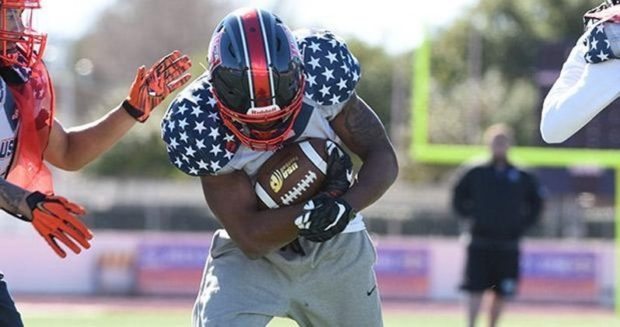As you study the game of football there are so many variables to contribute to winning and losing games. One variable cannot be denied and remains consistent. You need to score more points than the other team and you need the ball to do it.
Time of possession
Winning time of possession is an area that traditionally has equated to winning football games because it shortens the game for the other team.
If you are a “ball control” team, it reduces the opportunity for the other team to run plays and possibly gets them off schedule.
Link to original article in USA Football by Vince DiGaetano
By decreasing the amount of opportunities the other team has to run plays, it reduces your opponent’s opportunities to score.
The nature of many up-tempo offenses today–running more plays in less time—has gone far against the traditional mindset.
Up-tempo teams that run maximum plays in minimum time put a stress on the other team to keep up, knowing that you can score at any time.
Your philosophy about time of possession should marry up with your overall team philosophy. That philosophy puts a stress on the opposing team in a number of ways. Know what you are great at and do it much better than your opponent.
Turnover margin
Looking at statistics from various leagues, the teams at the top of the win column often are also the top of the turnover margin.
Building a culture that is all about the ball can happen all throughout practice. Focusing on small details such as ball security and scooping every football up are hidden coaching points that can take little time from your practice plan.
Depending on which side of the ball you are on the focus can slightly differ, but the goal remains the same. When you get the ball keep the ball.
Finish together and leverage the football
Get as many players to the football to get as many chances to disrupt the football. The second and third players to the football rip and punch at the football to force the ball out.
Attack at the elbow and hand
A lifting action on the elbow will sometimes force the runner to fumble. The ball carrier cannot maintain control of the football with a lifting motion on the elbow. Attacking the grip of the ball on the hands can add to opportunities for the ball to get loose.
Know the characteristics of a runner who is the type that spins, pivots, and twists a lot, leaving himself open to allow you to force a fumble. This also puts stress on the ball carrier and builds your team’s legacy of being at the ball at all times.
Wrist above elbow
There are many terms that teams use when speaking about ball security. Some use terms such as “high and tight” others may use “against the body.” Maintaining the coaching points of wrist being above the elbow allows players to put a physical reference to a task.

